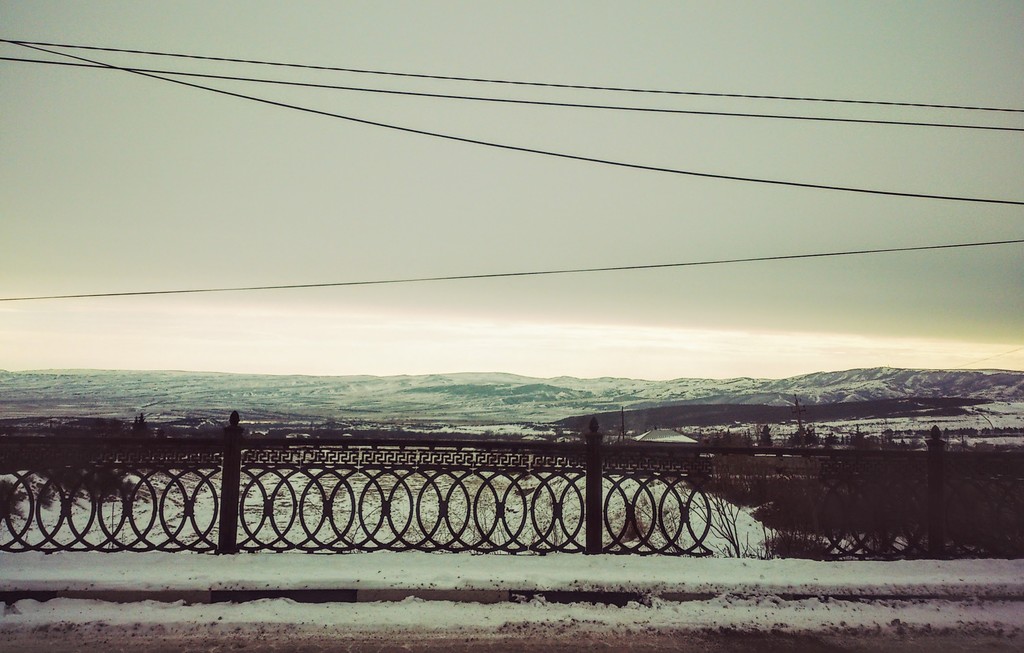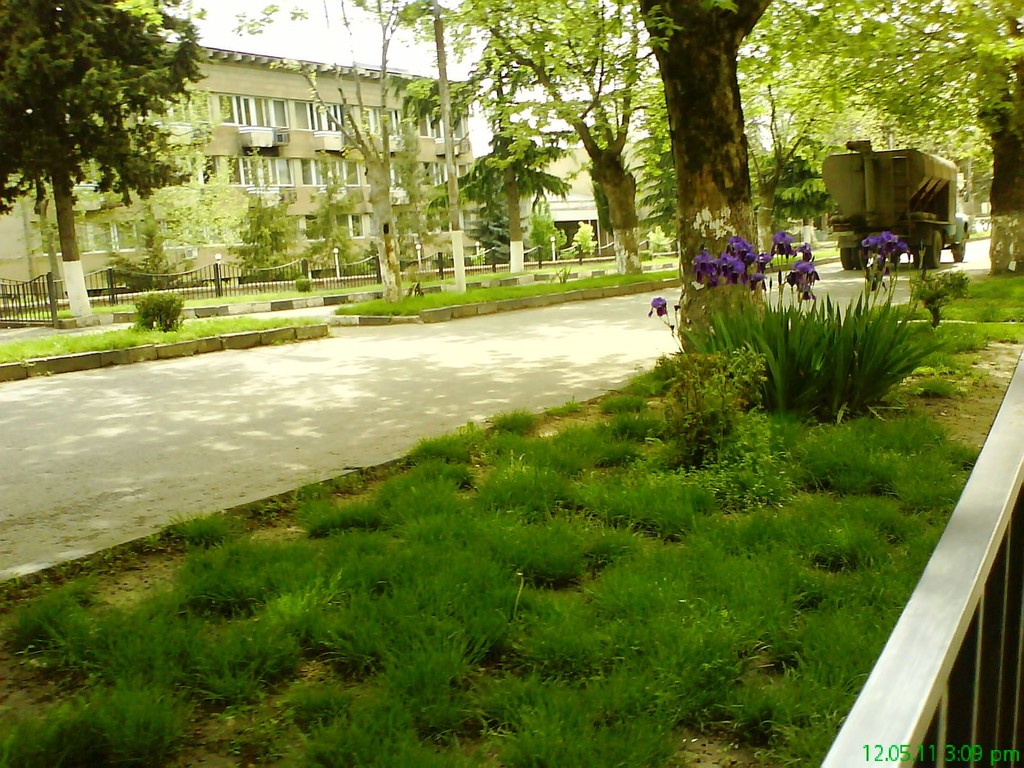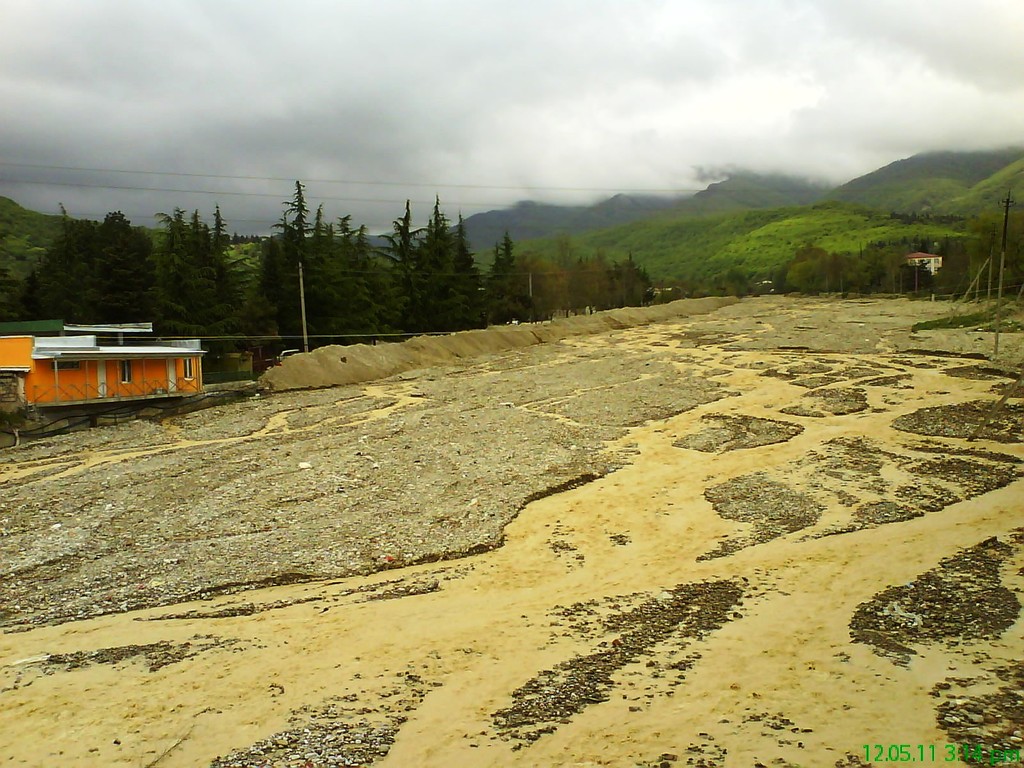How Sagarejo got its name

It’s very interesting, how Sagarejo got its name. According to some written sources, town’s name was “Tvali” (“The Eye”) until the 18th century. Nowadays this name has remained just to name a small river, which is called “Tvaltkhevi”. I don’t really know how to translate that, maybe you can say that the name means something like, The Eye’s gully. I can’t say whether the term “gully” is the right term for it. Well, I’m not a geographer or something. Or, maybe you can say “coulee” instead of “gully”. There is a small church east from this river Tvaltkhevi somewhere on a hill nearby and the locals call it Tvaltkhevi church.
There are different theories about why this town was called “Tvali”. According to the first one, if we consider the Sulkhan-Saba Orbeliani’s dictionary, “tvali” or “eye” (if you wish) is a thing from where water comes out (okay, here, this is me roughly saying what he has written in the dictionary about the eye). There are lots of springs up there in Sagarejo Satave (meaning a place, where springs get out from the ground and flow above it), so they think, that’s why this town was named “Tvali”.

The second one, according to Georgian journalist Aleksandre Tskhvedadze, says that Sagarejo must have been one of the ancient villages and once its name was Tvali. The elders call it Tval-Sagarejo even nowadays. Aleksandre thinks that the village was called Tvali because of its location on such a beautiful place. I don’t know if you know about Assyrian Fathers, who came to Georgia in the 6th century AD and built churches and monasteries and lived here. So, if you don’t, then you’ll know it from now. Aleksandre Tskhvedadze says that when one of the Assyrian Fathers settled there in Sagarejo, people named the village “Sagarejo” in that time. This one thing I find pretty hilarious somehow: so, one of the Fathers was called Davit, and he came there near the village, somewhere at the end of a valley, where a desert begins, settled there and made a cave. This is a kind of a mystery for me, people have called him “Garetmjdomeli” (which means someone who’s always sitting outside) and so that name became “Garesjeli” (and that is roughly the same as Garetmjdomeli) and so, that’s how the desert got its name “Gareja” (this is a shortened name of those two mentioned above) and that's why the village was named “Sagarejo” (and this name means that that particular territory was the Gareja's desert).

The third theory is established by a researcher Lominadze. According to him, even until the 6th century (until the Gareja Monastery was built), this territory was already named Gareji, just like other territories were named Khornabuji, Artanuji, Bodoji and others. There’s also a thought (V. Kurdghelashvili) that in that time people used crosses to mark the borders and “Gareji” was called territory which was out of the border (“Gare” meaning “out”).

According to the citizens of Sagarejo and the historian Aleksandre Elerdashvili, the name “Sagarejo” appeared after some lands and peasants and servants were granted to Gareja Monastery by the Georgian kings and governors in approximately 7th to 9th centuries.
Well, despite all these theories, we don’t really know which one is true, and so they are theories, hence. I want to know the real reason, why it is called Sagarejo, but I don’t really believe that we will know that for sure.

Photo gallery
Content available in other languages
- Español: Cómo recibió Sagarejo su nombre
Want to have your own Erasmus blog?
If you are experiencing living abroad, you're an avid traveller or want to promote the city where you live... create your own blog and share your adventures!
I want to create my Erasmus blog! →












Comments (0 comments)